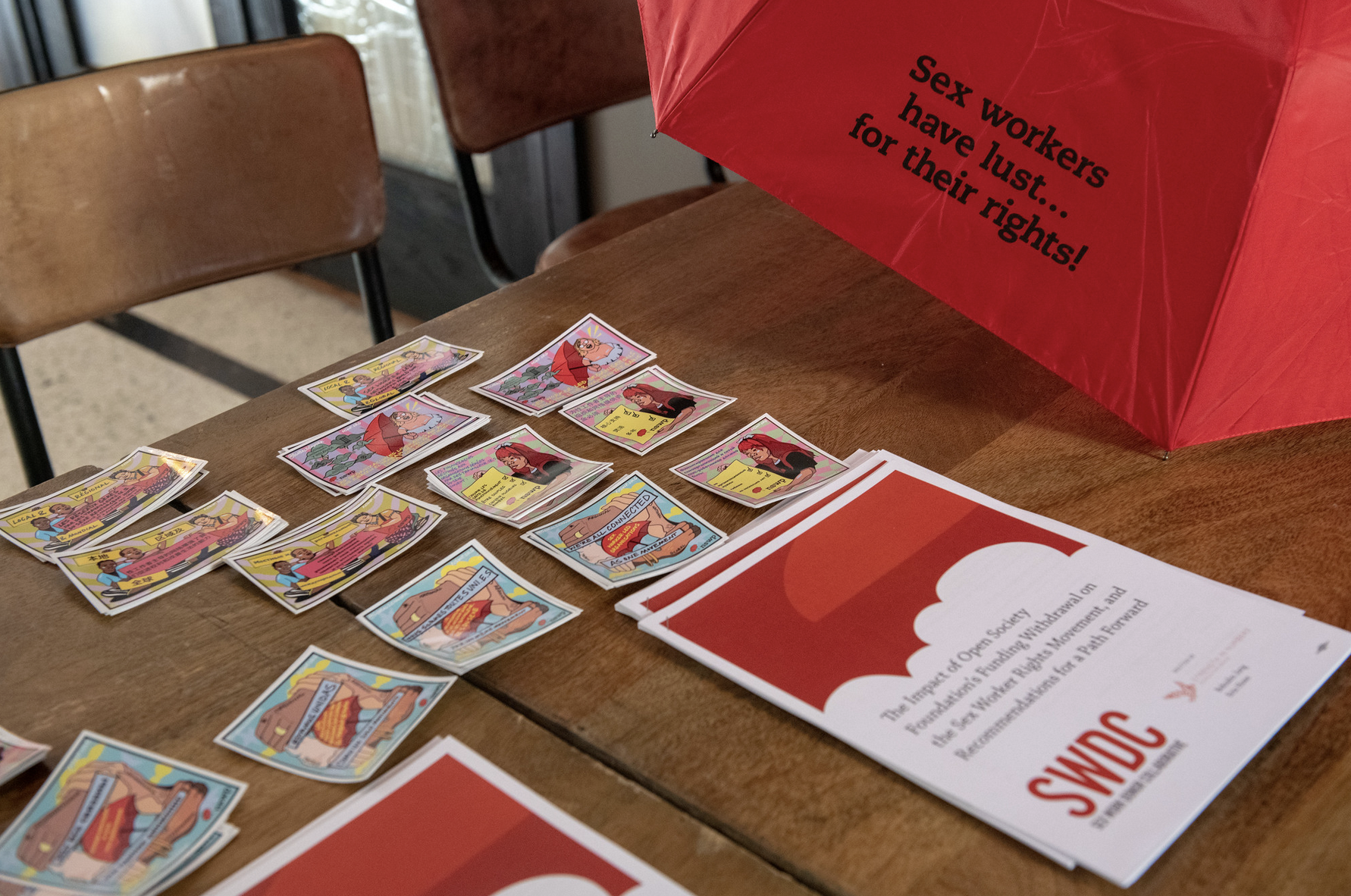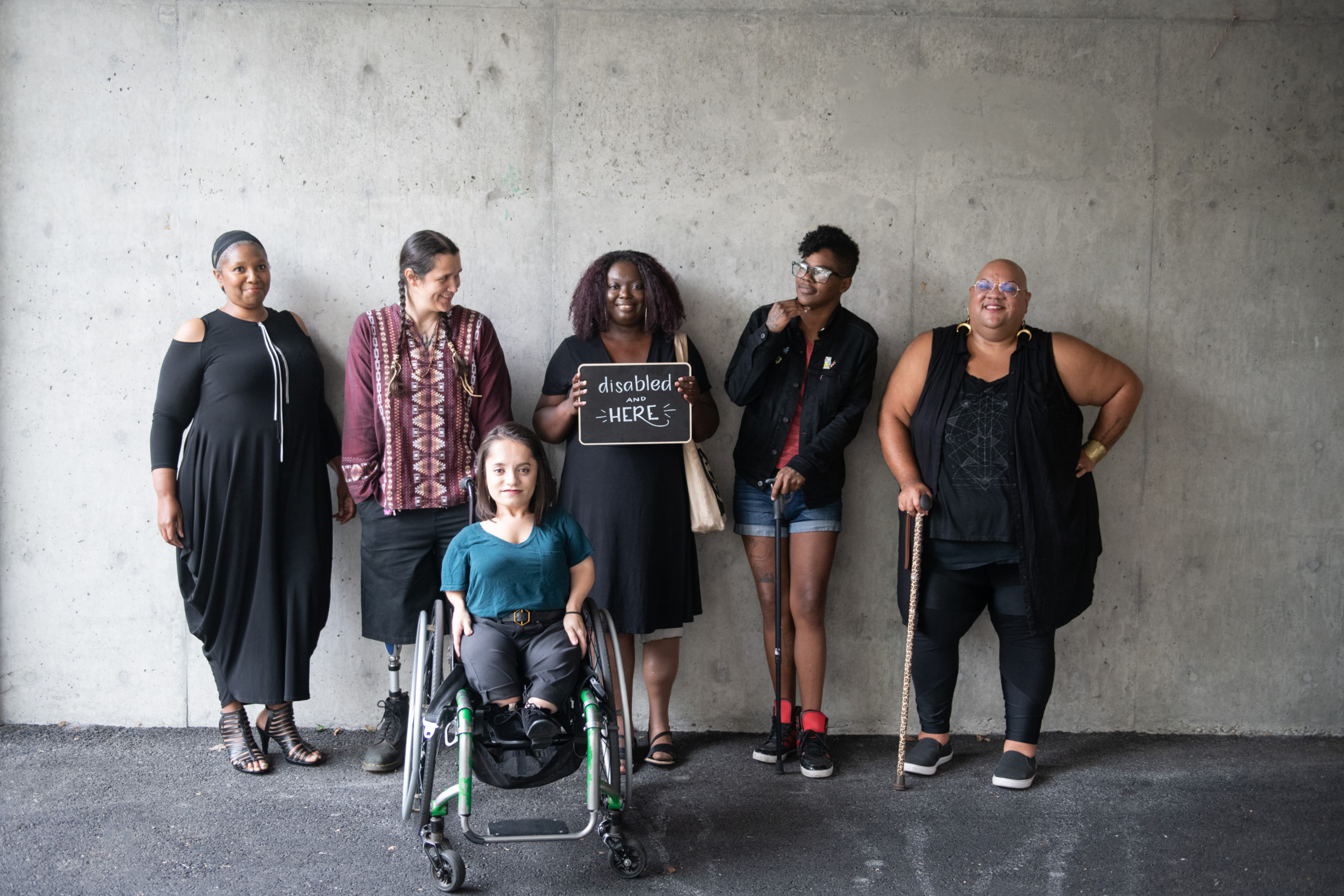This article was originally published on the Philanthropy News Digest blog, PhilanTopic, on Thursday, November 13, 2014. The original article can be found here.
Anyone who has ever traveled with me – even just across town – knows that I get lost easily. North becomes south, left becomes right. As such, I’ve developed a heavy reliance on maps to tell me where I am and to help me figure out where I’m going. Otherwise, I’ll spend a lot of time confidently headed in the wrong direction. That’s exactly the value I see in the maps and analysis of human rights grantmaking created by theInternational Human Rights Funders Group and Foundation Center. They, too, can help those of us in the field of human rights philanthropy establish where we are and think critically about where we are going.
Where are we now?
First, in comparing the maps on the Advancing Human Rights website, it appears that human rights funding increased from $1.2 billion in 2010 to $1.7 billion in 2011. However, an important factor in that increase is that an additional forty-plus funders began submitting their data to the project in 2011. When comparing “like with like” (only including the funders that submitted data for both years), we can see that funding for human rights increased by almost 8 percent.

The geographic distribution of the grants awarded also is interesting. In 2011, human rights funding in support of Eastern Europe, Central Asia, and Russia increased by 28 percent, while funding for the Middle East and North Africa increased by 33 percent. This increase may have been influenced by the Arab Spring in 2011. The initial benchmark research set means that, for the first time, we will be able to track philanthropy’s response to the Arab Spring, as well as funding trends with respect to other regions, issues, and populations. This is an exciting development for our field.
Even as regional percentages start to level out as more donors from across the globe begin to submit data, another thing that strikes me while looking at the map is how much money is going to North America. On the one hand, this makes perfect sense, as it is the region with the largest human rights sector and the greatest number of well established human rights funders. On the other hand, it is striking, as so much of the discourse in the human rights sector in recent years has focused on the shift in power to the Global South and the need and desire to empower human rights organizations there. Again, it will be interesting to see how trends develop as additional years of data are collected and analyzed. Will we start to see the funding balance shift more toward other regions – as, anecdotally, we tend to assume it has – or is a re-direction of resources a much longer-term process than we had imagined?
Where are we going?
As a donor with a global remit, looking at this map helps me orient myself not only in terms of where we are but also where we need to be. It’s always a challenge, as we all know well, to prioritize among the many competing demands we face. Which issues need our attention most? Which parts of the world? Of course, sometimes events drive those decisions; in 2011 it was the Arab Spring, while this year we’ve seen conflict in Ukraine, renewed conflict in Gaza, and crackdowns on civil society activists in many parts of the world. But in the absence of such crises, how do we decide where to direct our resources, which seem so limited in comparison to needs? The analysis that IHRFG and Foundation Center have provided helps us answer that question. At the Sigrid Rausing Trust, for example, we have set thematic programs that, in most cases, drive our geographic funding choices. By looking at the information for freedom from violence, I can see how much is being put toward that issue, where it is being spent, and who the active donors are in that space. While the data and analysis don’t answer all my questions, they give me signposts that help direct my research.
Who is traveling with us?
Another thing that struck me while reading the most recent report was the incredible importance donors we don’t normally think of as “human rights funders” can have in the human rights space. As the report notes, a one-year commitment by Google.org of $11.5 million nearly doubled the amount available in 2010-11 to combat human trafficking and end slavery. That one funder could have such an impact demonstrates the amazing resources large corporate donors are able to bring to the table. Similarly, the Bill & Melinda Gates Foundation, a foundation that doesn’t typically use rights language, is the tenth-largest human rights funder, likely due to their significant support for access to health and the environment.
One of the benefits of this research is that we can begin to see where funding from donors in other sectors overlaps with our own. The next step for us is to engage in dialogue with those donors to get a better sense of how we understand our respective work, what our priorities are, and how we might be better identify where those priorities align. It is not always easy to step outside our silos and talk across sectors, but in the interest of enhancing the impact of funding on the issues that are dear to us, we should try. After all, there are many of us building this map together!
Julie Broome is director of programs at the Sigrid Rausing Trust. She entered the world of human rights philanthropy in 2000 and though she has worked on human rights from other perspectives in the interim, she keeps coming back to philanthropy and exploring its power for change.



